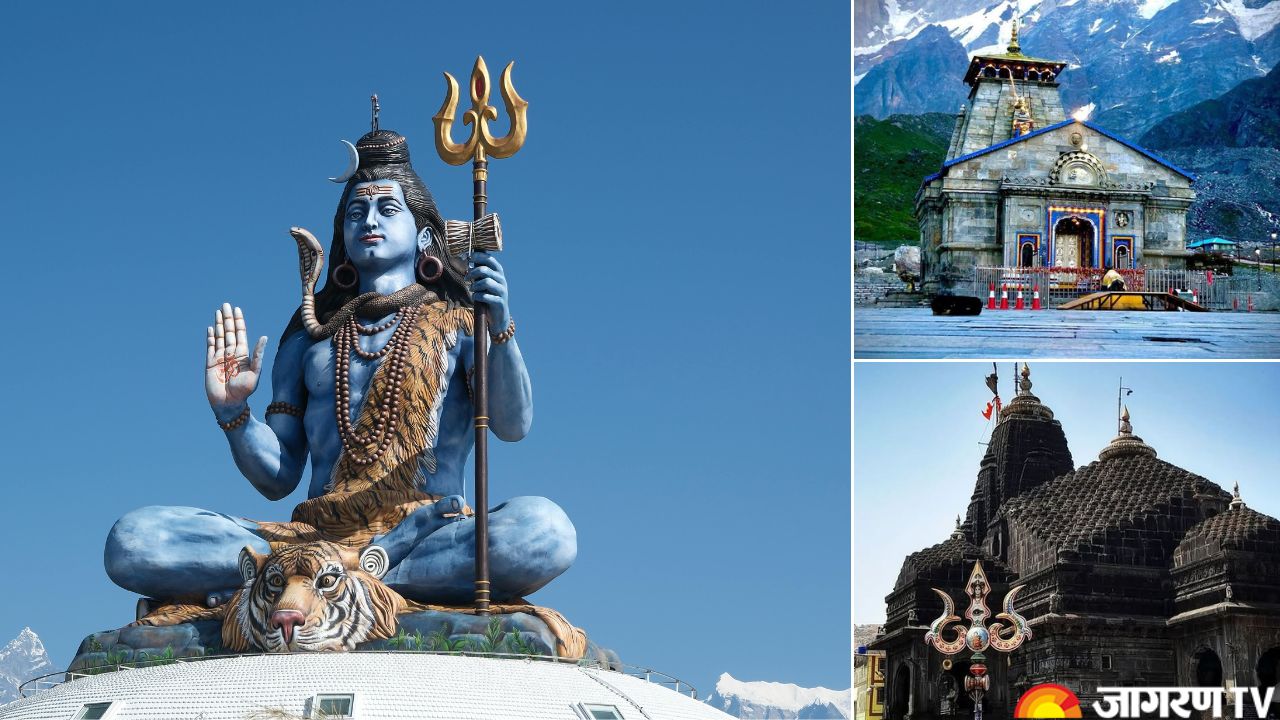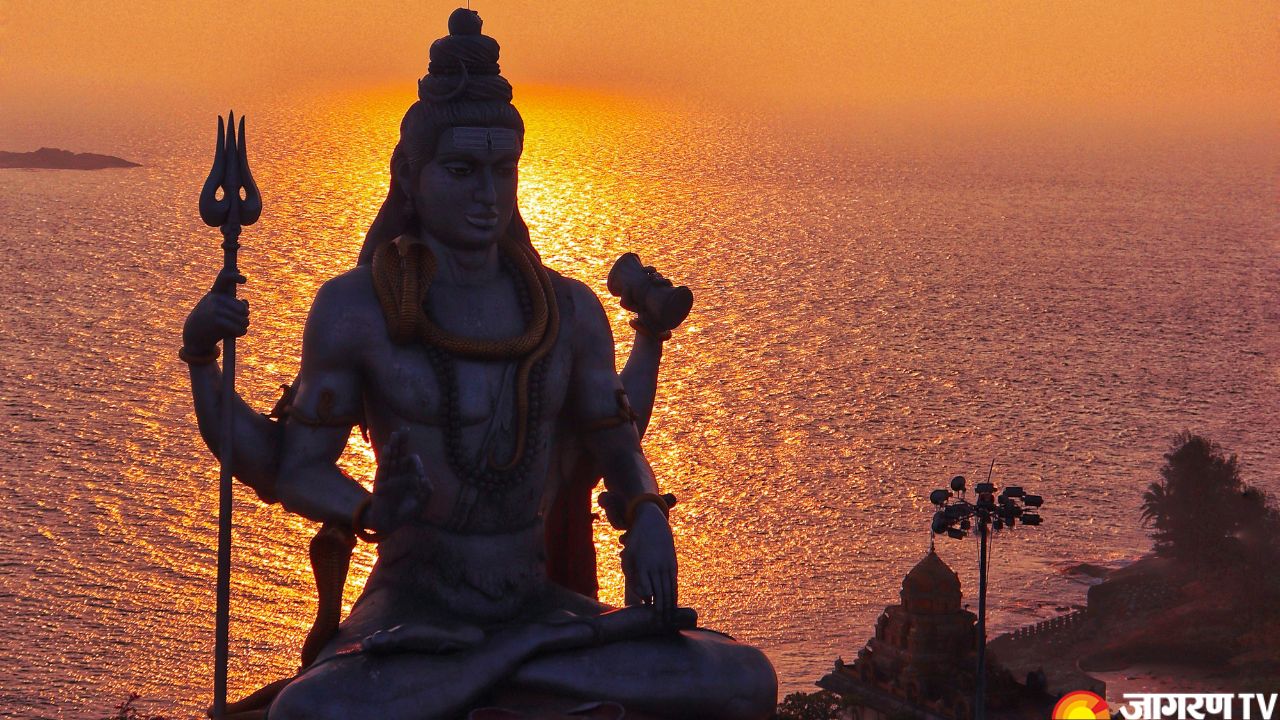Mahashivratri 2025: Lord Shiva’s 12 Jyotirlingas in India, Their Significance, Location, and More

Mahashivratri 2025: Shiva, one of Hinduism’s major deities, is worshipped in a variety of forms. The Jyotirlingas, twelve sacred shrines thought to be Shiva’s self-manifested heavenly images, are among the most repected manifestations. The phrase ‘Jyotirlinga’ means ‘column of light’, referring to Shiva’s infinite and formless nature. These sacred temples are distributed throughout India and hold great spiritual and mythological significance.
Significance of Jyotirlingas
The Jyotirlingas, twelve sacred shrines thought to be Shiva’s self-manifested heavenly images, are among the most venerated manifestations. These temples are spread across India and hold great spiritual and mythological significance.
History of Jyotirlingas
According to the Shiv Purana, there was once a conflict between Brahma and Vishnu over dominance. At this exact instant, Shiva penetrated the three worlds with a bright light in the form of a pillar known as the Jyotirlinga. This later cooled into Annamalai. Brahma and Vishnu attempted to find the end of the Jyotirlinga but were unsuccessful. Brahma lied to Vishnu about discovering the end of the Jyotirlinga, which made Shiva curse him for not being worshipped despite being the creator of the Earth. He further stated that Vishnu would be eternally worshipped for his honesty.
Lord Shiva Jyotirlinga Names and Locations
The Jyotirlinga shrines are thought to be the sacred places where Shiva manifested as a blazing column of light. The Shiva Purana lists up to 64 Jyotirlingas. Twelve of these are known as Mahajyotirlingams or Great Jyotirlingas.
Somnath (Gujarat)
Somnath, located in Prabhas Patan, Gujarat, is considered the first of the Jyotirlingas. According to mythology, Lord Soma (the Moon God) came here to worship Shiva and restore his brightness. The temple has been destroyed and rebuilt sixteen times, representing resilience and faith.
Mallikarjuna (Andhra Pradesh)
This shrine, located on the Srisailam hills in Andhra Pradesh, represents Shiva and Parvati's glorious union. It is referred to as the 'Kailash of the South' and is venerated for providing salvation from sin.
Mahakaleshwar (Madhya Pradesh)
This is the only Jyotirlinga in India where Shiva is worshipped as a self-manifested lingam. It is located in Ujjain. The temple’s Bhasma Aarti is a distinct custom that draws pilgrims from all around India.
Omkareshwar (Madhya Pradesh)
Located on an island in the Narmada River, this Jyotirlinga displays the ‘Om’ symbol, which denotes holy sound and energy. The temple is an essential place for spiritual awakening and devotion.
Kedarnath (Uttarakhand)
Kedarnath, located in the Himalayas, is a sacred pilgrimage site and part of the Char Dham Yatra. It is claimed that the Pandavas came here to seek Shiva's blessings in order to atone for their crimes following the Kurukshetra war.
Bhimashankar (Maharashtra)
Nestled in the Sahyadri hills, this Jyotirlinga is associated with Lord Shiva's victory over the demon Bhima. The temple is surrounded by deep woodlands, making it an ideal spiritual retreat for environment enthusiasts.
Kashi Vishwanath (Uttar Pradesh)
Kashi Vishwanath, located in Varanasi, is a highly regarded Jyotirlinga. It is thought that visiting this shrine guarantees salvation (moksha). For decades, the temple served as a beacon of religion.
Trimbakeshwar (Maharashtra)
This Jyotirlinga, located in Nashik, is remarkable in that it has three faces, representing Brahma, Vishnu, and Shiva. The temple is related to the sacred Godavari River, often known as the ‘Ganga of the South’.
Vaidyanath (Jharkhand)
This temple, also known as Baba Baidyanath, is said to provide respite from disease and suffering. According to tradition, Ravana worshipped Shiva here to gain invincibility.
Nageshwar (Gujarat)
Located near Dwarka, this Jyotirlinga represents protection from negativity and evil energies. It is related to the story of Shiva defeating a demon named Daruka in order to protect his devotees.
Rameshwaram (Tamil Nadu)
This temple, located on the island of Rameshwaram, is attributed to Lord Rama, who worshiped Shiva here before crossing the seas to Lanka. It is a key part of the Char Dham pilgrimage.
Grishneshwar (Maharashtra)
This temple, located near the Ellora caves, is the smallest of the Jyotirlingas but has great significance. It is supposed that a devoted woman named Kusuma received Shiva’s holy vision here.









